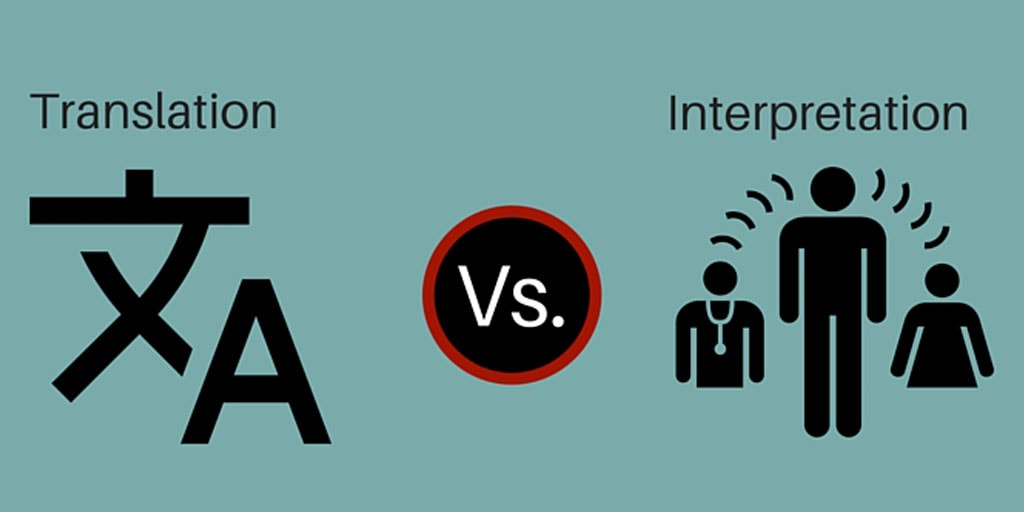
Your Translator Is Not Your Interpreter
Professional translation and interpretation are closely linked and the terms are often used interchangeably. However despite the obvious similarities, these two disciplines are very different and it’s incredibly rare to see an individual who does both professionally. On the surface, the main difference is that translators work with the written word while interpreters deal with speech. Translators are fundamentally different from interpreters.
Here are 6 key differences between professional translation and interpretation.
1. Translators focus on written content
First, let’s define both key terms:
- Translation: a written rendering of a foreign text’s meaning.
- Interpretation: an oral rendering of a foreign speech’s meaning.
Language is composed of written and oral components and each trade concentrates on one element respectively. Translators focus exclusively on written content and understanding cultural norms of related societies.
2. Translations aren’t immediate
When a translator begins to translate content, he or she will use professional translation software and a series of reference books before beginning a meticulous transference process. Translators use their knowledge and research to understand the target country’s cultural and linguistic nuances so they can write better translations. Naturally, this process takes significantly more time than an interpreter’s rendering, which occurs on the spot.
3. Translators don’t have to be fluent in their second language
Translators typically only translate into their native tongue and are not required to tap into a great wealth of vocabulary for an instant translation. Though they aren’t always conversationally fluent, translators can often write better than native speakers. Interpreters must have conversational fluency.
4. Translations demand greater accuracy
Think about your oral and written sentence structure. While you may be perfectly capable of writing a coherent sentence, your oral syntax is likely to be grammatically incorrect. However, effective spoken communication doesn’t require the same grammatical accuracy as effective written communication. The same principle applies to interpreters and translators.
Interpreters translate phrases and idioms between two languages instantly, which leaves a lot of room for inaccuracies. Conversely, translators have more time to analyze a text and research the best transference of meaning. As a result, translations tend to be much more accurate than interpretations.
5. Translators don’t do live events
If you’ve ever seen an international hearing, you may have noticed politicians wearing earpieces and professionals speaking rapidly. These people are interpreters, not translators. You’ll frequently find interpreters in conferences, business meetings, courtrooms and police stations. In these situations, interpreters are essential to successful communication in the moment.
Translation professionals don’t work at live events. Instead, you’ll find translators in quiet offices surrounded by reference books and professional translation technology. While translators won’t be “in the field” acting as a bridge of communication, their copy does act as an initial connection with broad audiences.
When a company uses professional translation services to localize its website, the translator is facilitating a connection with the business and a new customer base.
6. Translators use a cultural knowledge base
While translators may use a dictionary to find appropriate terminology during the translation process, an interpreter is probably close to memorizing the dictionary. This quick knowledge of diction helps interpreters translate much more quickly.
Instead of studying vocabulary, translators are more likely to study the variations in dialect or the cultural implications of certain symbols. To write a quality translation that does the original work justice while catering to a target region, professionals must have a deep understanding of common cultural practices in the area.
Though it may be easy to confuse the two, translations and interpretations are two very different disciplines. Whatever you do, don’t mistake your translator for your interpreter again!
Category: Interpreting, Translation
Don't forget to share this post!
Stay Updated with Interpro
Subscribe to our newsletter for the latest updates and insights in translation and localization.








